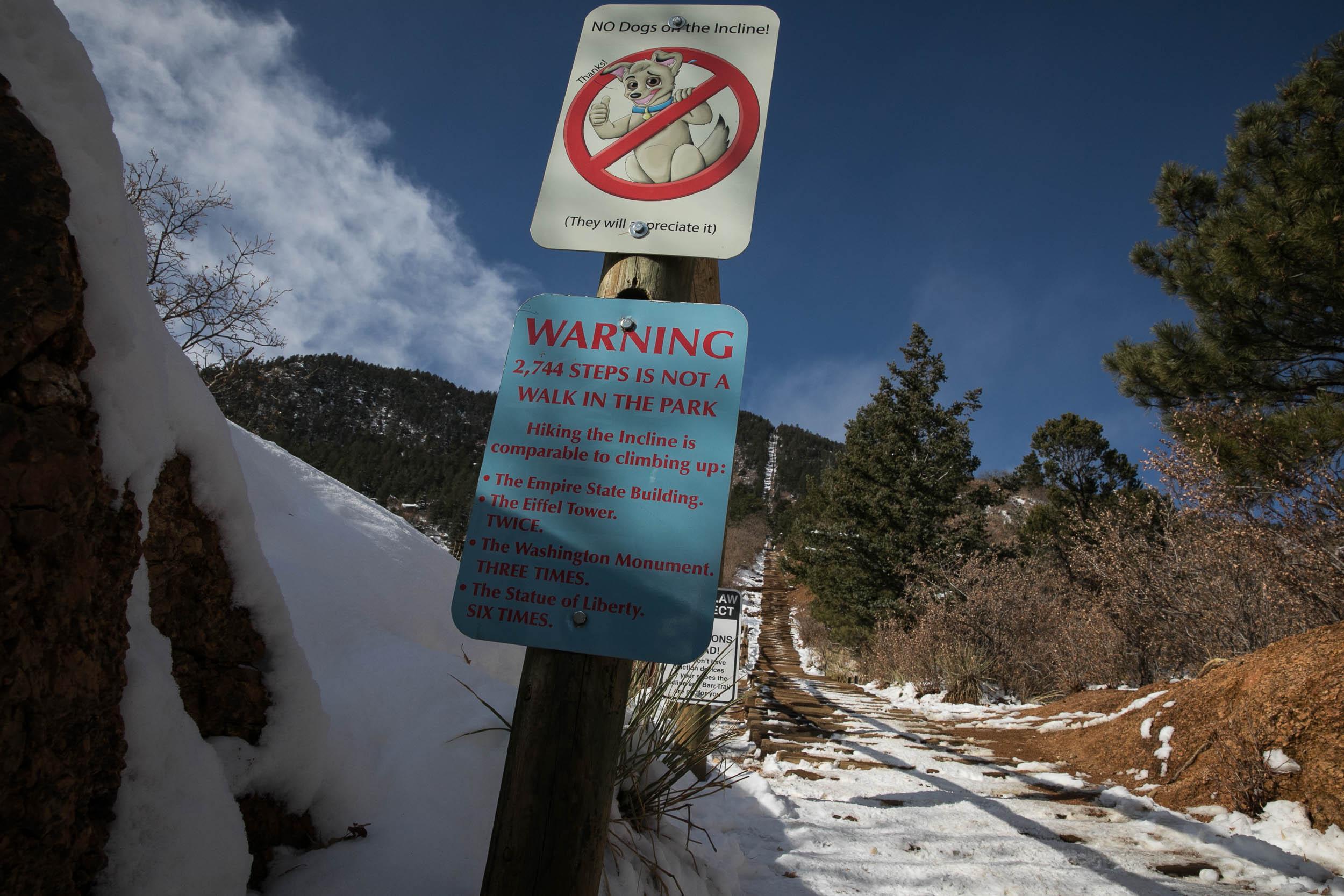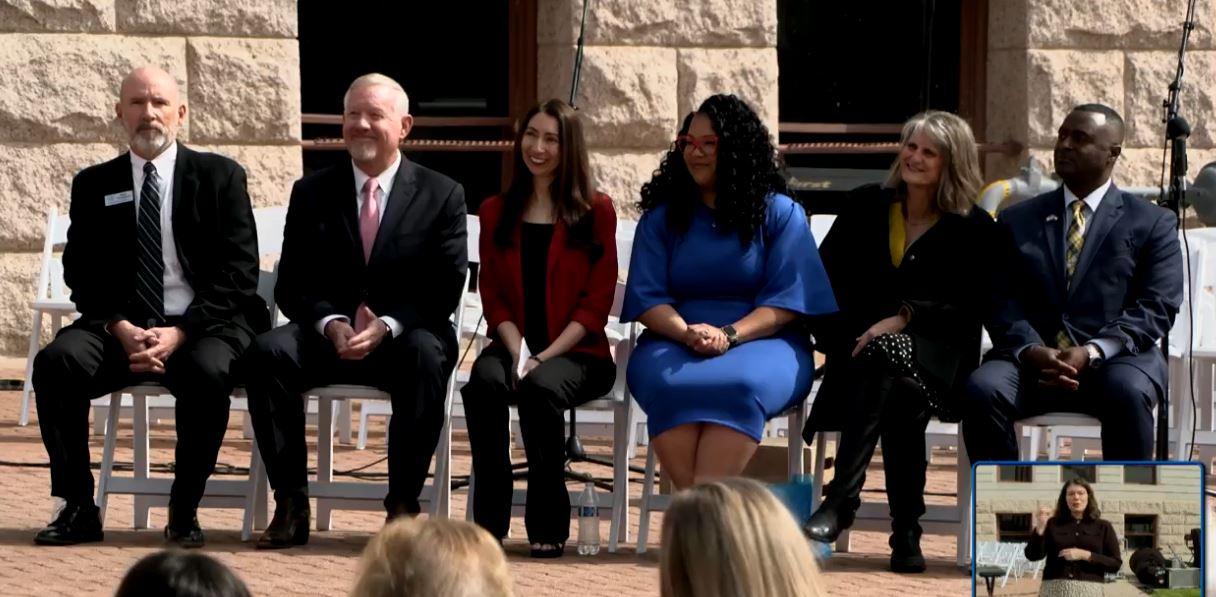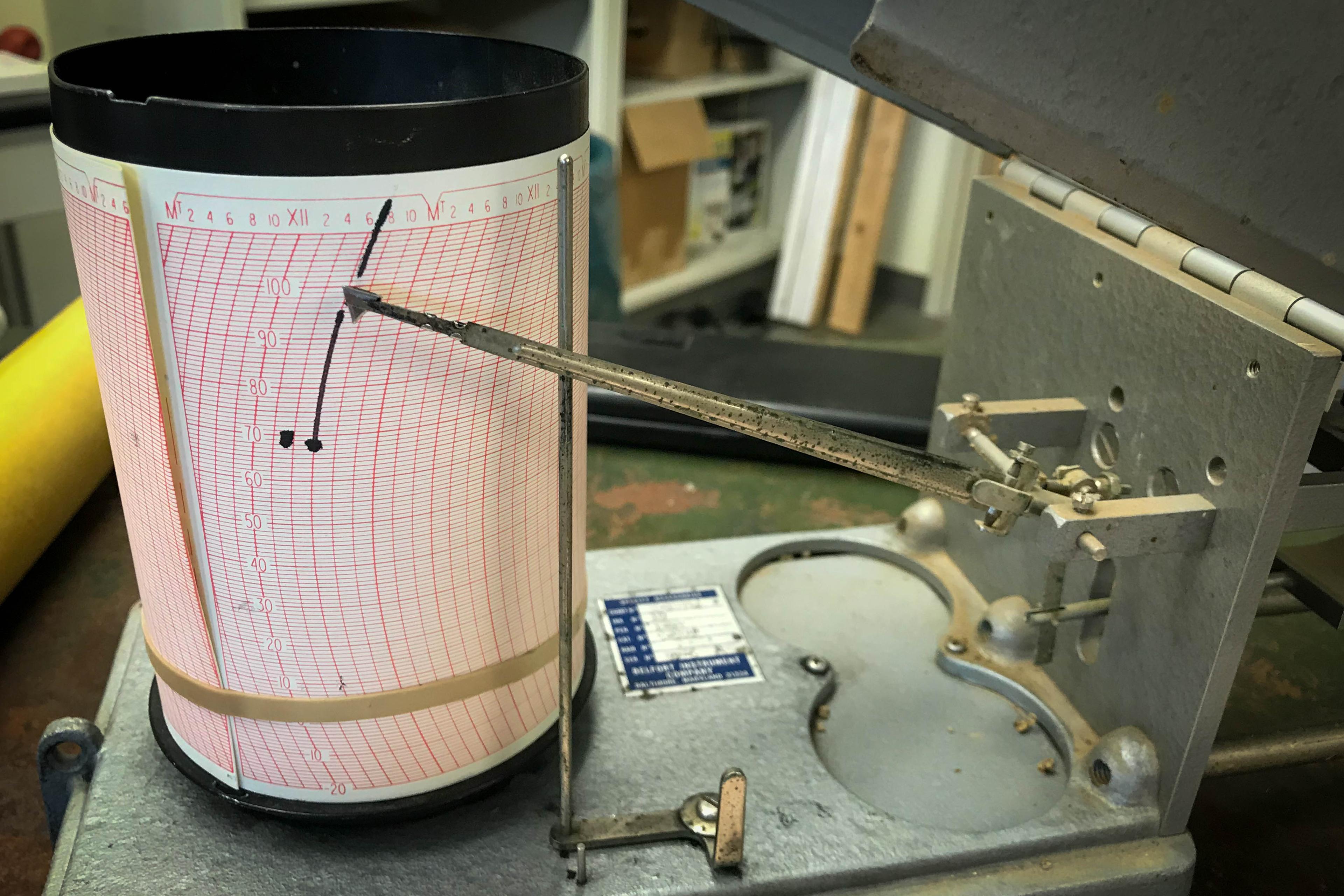
Colorado now has a new all-time record hot temperature. The high of 115 degrees Fahrenheit was recorded back in July at a weather station east of Las Animas.
The record beat out the state’s old one by a single degree. The official report will be available next week.
“In the big picture we're seeing a lot more of these high-temperature records being set, and certainly a lot more of the high-temperature records than the low-temperature records,” said state climatologist Russ Schumacher. “And I think that's pretty clearly a signal of climate change.”
Over the last decade, Colorado saw three times as many record daily high temperatures compared to lows.
This isn’t the only new climate extreme that the state is investigating. In the last six months, they’ve challenged two other Colorado records in the largest hailstone and the lowest atmospheric pressure from the ‘Bomb Cyclone’ snowstorm back in March.
The largest hailstone record was confirmed and released Friday, with a diameter of 4.83 inches and weight of 8.5 oz.
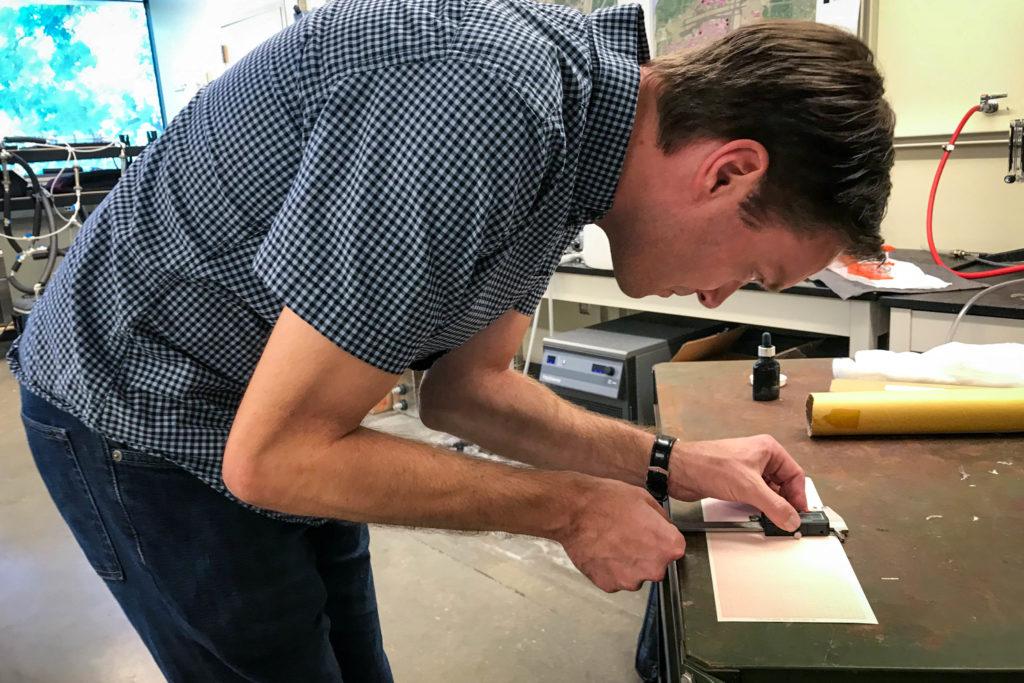
Becky Bolinger, the assistant state climatologist, quipped that it’s “been a wild weather year for Colorado.”
In order to declare the Las Animas temperature an official record, the state convened a State Climate Extremes Committee to investigate the temperature’s validity. It included representatives from the Colorado Climate Center, the Pueblo National Weather Service office and the National Oceanic and Atmospheric Administration.
The last time the state investigated a climate extreme was the rainstorm that brought major floods in 2013. Before that, it was 1985 — the lowest temperature ever recorded of -61 Fahrenheit.
Of the latest three climate extremes, Bolinger said this new record was the hardest one to verify. Was the equipment working properly? Is there anything about the environment that would make the reading so high? And who recorded the temperature, are they someone with experience?
The verification committee was convened after the 115-degree reading was spotted on social media.
“I was just scrolling through my Twitter feed and another climatologist or meteorologist posted a map that said here were the highest temperatures recorded in every state for the month of July,” she said.
Bolinger knew the old record of 114 degrees was set in 1933 in Las Animas, not far from where the new record was taken at John Martin Reservoir.
“And he found a 115! And I immediately messaged him (to ask), “What station was this?’”
The climate center would have eventually spotted the high number, but the Twitterverse got to it first.
Jennifer Stark, the lead meteorologist at Pueblo’s National Weather Service, said everything checked out during the committee's investigation. Nothing was out of the ordinary at the site, and the observers are a group from the U.S. Army Corps of Engineers who’ve been collecting data there for 80 years.
That just left an equipment check. The thermograph that recorded the new record high is a vintage analog model installed in the 1980s. It’s basically a metal box shaped like a bread loaf pan, and the temperature is recorded by an ink pen that’s dragged on a sheet of graph paper as it spins on a drum.
The thermograph was tested in a lab oven on the Colorado State University campus. This was one of the last steps in collecting the information needed to decide if 115 degrees would be the state’s new record high.
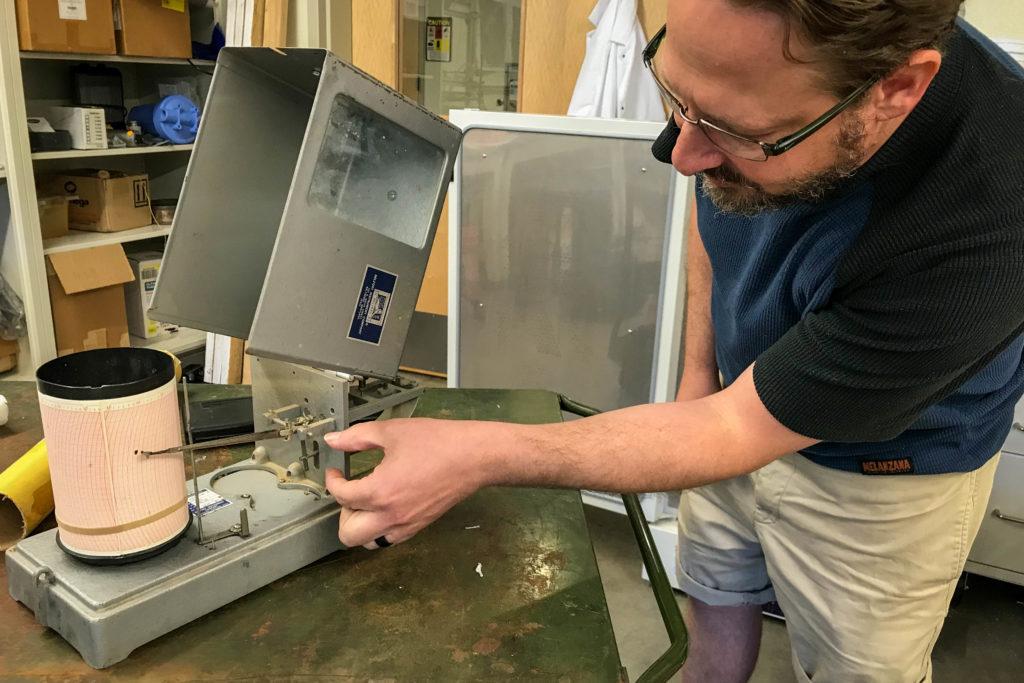
Why the big question? Because the thermograph wasn’t prepared for such a hot day. The graph paper that spins on the drum only goes up to 110 degrees.
“It's a strange thing that it's literally off the charts,” Schumacher said. “We need to make sure that when it blows through the top like that, that it's still recording the right numbers.”
The person who initially recorded the new record high temperature had to do some measurements by hand. And when the 115 degree temperature was recorded, the observer had two other employees double-check the measurement. It was unrelated, but the thermograph was replaced with digital equipment just a week after the high temperature was collected.
The oven tests sealed the deal for the committee, and the report will be soon be available. It will state: “Although the available information does not paint a crystal-clear picture, considering the balance of evidence, we conclude that the observation of a maximum temperature of 115 degrees Fahrenheit was legitimate and we recommend that it be accepted as a new state record for maximum temperature in Colorado.”
The record will then need to be accepted and updated by NOAA’s National Centers for Environmental Information in the coming months.

